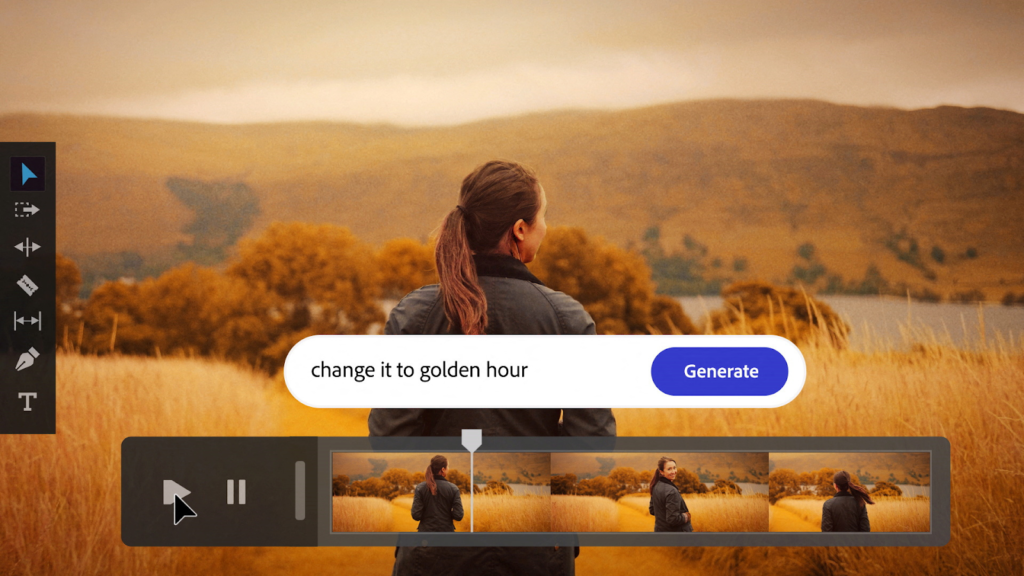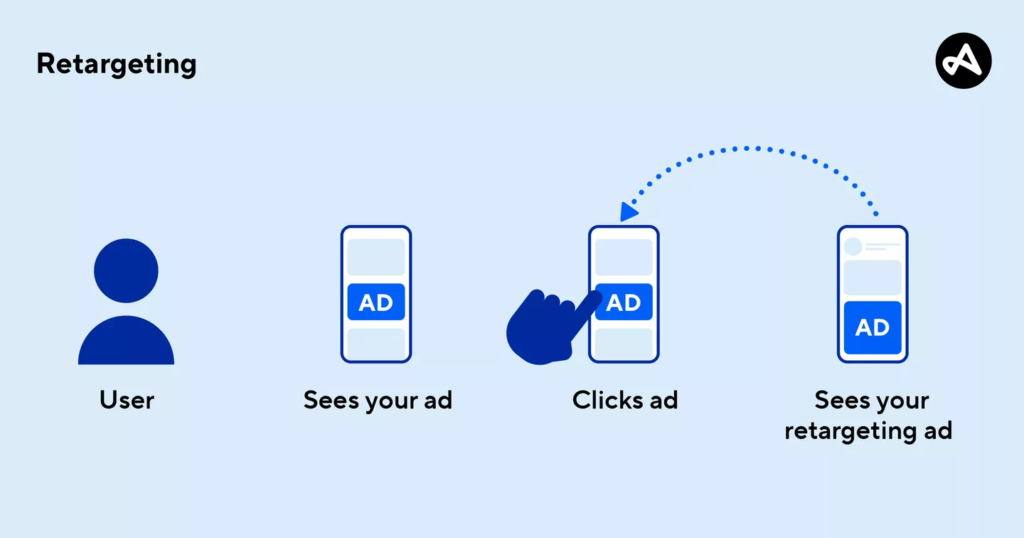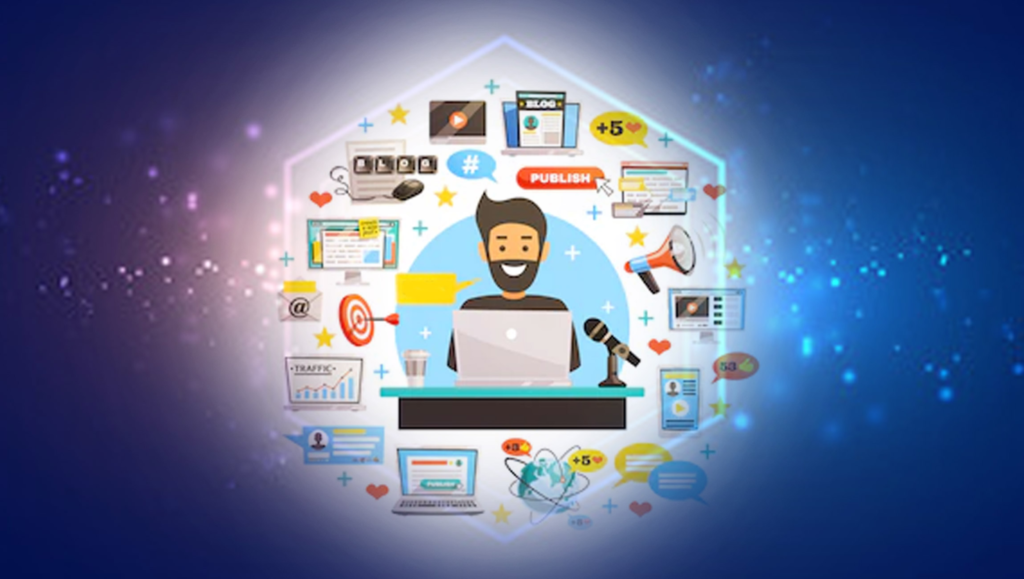Done 2 Hrs of Editing in Just 5 Min. with these 5 AI tools.
In this blog, we’ll take a fascinating journey into the realm of AI tools for video making. These are like smart assistants for content creators, adding a touch of innovation and efficiency to the art of video editing. Let’s explore how AI is transforming the landscape, making video creation not just a task but an exciting and dynamic experience. What are AI Tools for Video Making? AI video-making tools are computer programs that use artificial intelligence, a smart technology that mimics human-like thinking, to help people create and edit videos more easily. These tools use advanced algorithms to understand and process visual information, making video editing more efficient and accessible. These tools leverage deep learning algorithms to perform various tasks, such as: Importance of AI in Video Production In recent years, AI has become increasingly important in video production because it helps save time and makes video creation more creative. Increased demand for video content: The demand for video content is skyrocketing across various industries, from marketing and education to entertainment and social media. Need for faster and more efficient video production: AI tools can significantly reduce the time and effort required to produce high-quality videos, making them an attractive solution for content creators. How AI is Revolutionizing the Video Editing Process. AI tools can automate many time-consuming and labor-intensive tasks that are traditionally involved in video editing, such as: Empowering non-professionals AI is making video editing more accessible to people with limited technical expertise. AI-powered video editing tools are becoming increasingly user-friendly, allowing individuals with no editing experience to create professional-looking videos. This is democratizing video production and allowing more people to share their stories and ideas with the world. For example, AI tools are being used by: AI can be used to personalize and customize videos based on user preferences, audience demographics, and specific video goals. For example, AI can be used to: 5 AI tools for video making & enhance the video creation process. 1 . Runway ML Runway ML is a cloud-based AI video editing platform that empowers creators with a suite of powerful tools to enhance and transform video content. It leverages deep learning algorithms to perform various tasks, from removing backgrounds to adding visual effects to generating creative compositions. Runway ML’s user-friendly interface and versatile features make it an ideal tool for video editors of all levels, from beginners to professionals. Key Features and Capabilities Runway ML offers a comprehensive set of features that address various aspects of video editing and creative expression: Pricing Runway ML offers a variety of pricing plans to suit the needs of different users, from individuals to businesses. The plans provide access to different levels of features and usage limits. A free plan is also available for limited use and experimentation. 2. HeyGen HeyGen is a cloud-based AI-powered video creation platform that allows users to generate realistic and engaging videos from text using AI-generated avatars and voiceovers. It offers a variety of features that make it easy to create professional-looking videos without any prior editing experience. Key Features and Capabilities HeyGen’s key features and capabilities include: Pros and Cons Pros: Cons: Overall, HeyGen is a powerful and versatile AI-powered video creation platform that can be used to create a wide variety of videos. 3. Captions.ai Captions.ai is an AI-powered video captioning and transcription tool that automatically generates accurate and synchronized captions for video content. It utilizes deep learning algorithms to transcribe audio into text and then convert the text into captions that match the timing and intonation of the speaker’s voice. Key Features and Capabilities Captions.ai offers a range of features and capabilities that make it a versatile tool for video captioning and transcription: Pros and Cons Pros: Cons: Pricing of the Tool Captions.ai offers a variety of pricing plans to suit different needs and usage levels. Plans range from a free tier for limited usage 4. Eleven Labs Eleven Labs is a pioneering AI-powered platform that empowers users to create high-quality, realistic voiceovers and voice clones. Utilizing cutting-edge deep learning algorithms, Eleven Labs enables individuals and businesses to synthesize natural-sounding human voices, catering to a wide range of applications, including audiobooks, podcasts, e-learning content, and even video games. Key Features and Capabilities Eleven Labs’ voice tool offers a comprehensive suite of features that cater to diverse needs and skill levels: Pros and Cons Pros: Cons: 5. Kapwing Kapwing is a cloud-based video editing platform that empowers users to create engaging and professional-looking videos without extensive editing experience or technical expertise. Its user-friendly interface, powerful features, and diverse templates make it an ideal tool for individuals, businesses, and educators alike. Key Features and Capabilities Kapwing offers a comprehensive suite of video editing tools, enabling users to: Kapwing Kapwing offers a freemium pricing model, providing a generous free plan with basic editing features and limited exports. For more advanced features, such as unlimited exports, custom fonts, and watermark removal, users can upgrade to paid plans starting at $10 per month. Pros and Cons Pros: Cons: Conclusion : The top 5 AI tools highlighted in this blog are just the beginning. With the continued evolution of AI algorithms and the integration of virtual and augmented reality on the horizon, the future promises even more exciting possibilities for video editing. So, whether you’re a seasoned video creator or just starting your journey, exploring these AI tools can open up a world of possibilities. Embrace the future of video making, where technology becomes a helping hand in bringing your creative visions to life. Happy video-making! FAQs
Done 2 Hrs of Editing in Just 5 Min. with these 5 AI tools. Read More »











